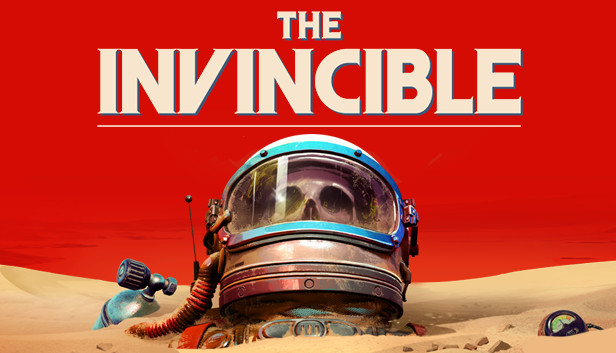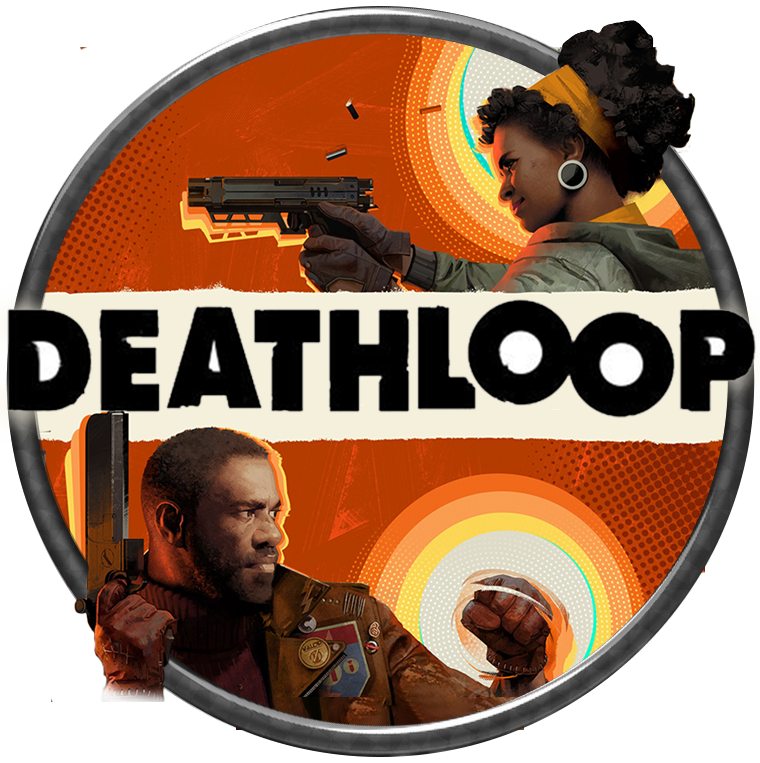Mass Effect: Andromeda [Game, Review]
Mar. 28th, 2024 08:20 pm Over the Christmas Break I finally downloaded Mass Effect: Andromeda, the less-than-loved fourth story in the Mass Effect series. Andromeda is a pretty good game in its own right, but compared to the story of the originals, plays like Mass Effect fanfiction. The problem is that fanfiction stories are often worthwhile in their own right while clearly deriving so much context from outside itself.
Over the Christmas Break I finally downloaded Mass Effect: Andromeda, the less-than-loved fourth story in the Mass Effect series. Andromeda is a pretty good game in its own right, but compared to the story of the originals, plays like Mass Effect fanfiction. The problem is that fanfiction stories are often worthwhile in their own right while clearly deriving so much context from outside itself.The plot of Andromeda is thus: shortly after the events of Mass Effect 1, a project similar to Operation Cerberus decided that the Reaper Threat was real and the correct solution was to get the hell out of the galaxy; to sneak massive ships loaded with cryogenically preserved colonists into hyperspace and spend 600 years traveling to the Andromeda galaxy and start over. Astronomical analyses of Andromeda indicated no advanced technologies anywhere, none of the signals of spacefaring species.
The problem is that Mass Effect establishes an architecture to galaxies: clusters of one to six star systems no more than four or five light-years wide, separated by gulfs a hundred light years or more wide. The only way to get between those gulfs is to use The Relays, built by an ancient species; starship engines have duration limitations and can’t cross those gulfs. There are no relays in Andromeda, so the story re-writes the rules to say that a “cluster” can have dozens of star systems effectively as large as the whole Milky Way, and that “big enough” ships can cross the gulfs by entering hyperspace and “coasting,” preserving their engine’s reserve until they need it to exit hyperspace again. That’s how they made it to Andromeda.
Another problem is that Sara Ryder isn’t Shepherd. When we meet Shepherd, she’s already a well-respected, well-liked military officer with several years of experience. When we meet Ryder, she’s a junior member of a science team. Her father is a veteran military scout with hostile world experience, and that’s what makes him “Pathfinder,” a specialized role with a powerful AI symbiote. An accident happens, he dies and transfers the symbiote to his daughter, who takes up the role. The only thing she has going for her is the symbiote, but she quickly earns both the skillset and the respect Shepherd had.
… which, while it wouldn’t fly in an original work, is normal for fanfic.
The set-up for the series is that Andromeda doesn’t have advanced spacefaring because of The Scourge, a vast interstellar cloud with slow-moving tendrils that emerge from hyperspace near star systems and disrupts the ecology of those star systems quickly. The Remnant were an ancient race who fought back against The Scourge, but their project is unfinished. Our heroes learn that there’s enough of the project that they could at least clear sufficent space to make several worlds habitable. There’s also a war between the last two spacefaring species, which have been at it for about eight hundred years, fighting over the last few surviving inhabitable worlds. A robot construction system was sent first so when those “arks” arrive they have a central hub from which to operate; it’s basically an excuse to have a mini-Citadel.
The Angaran are a lovely species with a wide range of reactions much like humans; the Kett are xenophobic genocides and no-quarter anthrophages whose mode of reproduction is basically the plot of Quake II; the Remnant are low-rent copies of Halo’s Forerunners, only they favor green lights instead of blue.
… which is fanfic, borrowing from other media to fill in the story.
Many of the side-missions feel forced, like the authors didn’t know how to glue them into the main plotline with any real meaning. Diligent players familiar with the mechanics of games like this will end with too much money and too many skill and research points unspent; after you find a weapons mix that suits you and your crew fine, you’ll run out of reasons to spend anymore, and the game isn’t stingy with providing you with weapon upgrades taken off fallen enemies or loot boxes.
… which is also a common sensation in fanfic. Things come too easily.
And, to round out the fanfic sensation, Mass Effect famously introduced a “romance plot” with awkwardly animated sex scenes that fans agreed were both delightful and cringe all at the same time. But more delightful. So Andromeda has Ryder flirting with everyone, all the time, shamelessly. You could probably bang the whole crew if you put your mind to it. And the sex scenes are longer and more explicit because that’s really what the fans want: more blue tentacled titty.
“Hornier than the original” is probably the most common of all fanfic tropes.
For all that, the story was fun. Maybe because I wanted something a little hornier, and Sara Ryder (default name) is a little less serious than Jane Shepherd. And maybe because the conflicts are a little less dire. Oh, they’re very dire; four colony vessels full of cryo-suspended colonists and zero inhabitable worlds at the beginning of the game is a dire situation, but the idea that those sleeping colonists might be all that’s left of the Milky Way’s species and cultures isn’t delivered until almost two-thirds of the way through the game, diluting the impact of “losing” a lot. To make the Andromeda setting interesting, Sara’s becoming Pathfinder and integrating the symbiote is accompanied by a two-year period of her being in a coma to find there was a revolt among the colonists, and now several of the marginal worlds on which the Angaran and Kett fight out their battles have a third problem: rogue human factions with names like “The Outcasts” and “The Collective.” This feels more than a little forced, an attempt to create more interspecies conflicts because just having two species rather than the many, many in the original series limited the possibilities.
And yes, I have to agree with the fans that the change of rendering engine brought a lot of undesirable changes, the worst of which is that we basically got only one subtype of Asari, and they’re all wide-eyed and puffy-faced compared to the sort back in the Milky Way. Choosing not to have a Salarian as part of the central crew was also a mistake but I guess it’s a lot harder to replace Mordin Solus than it is Liara T’Soni.
I do wish the game had been popular enough to justify the planned sequels; the game ends with two major plotlines incomplete: The Kett are temporarily pushed out of your cluster but they still exist and they’re still a threat, and The Scourge is still there slowly strangling whole star systems. Your Remnant specialist (who, like the Prothean specialist in the first game, is an Asari) has no idea how long the Remnant terraforming system you rebooted will be able to hold the Scourge back from the worlds you have reclaimed. Also unresolved is the plotline of exactly who paid for the Andromeda project, who authorized the use of very advanced AI in violation of all Citadel Alliance law and policy, and why those people may have had one of the Human colonists’ civilian leaders murdered, and I kinda want resolution on those questions.
But, like Half-Life 3, we may never know.
Mass Effect: Andromeda has had a lot of money thrown at it, and it shows. It’s pretty, the voice acting is top-notch, and even running on Linux it runs smoothly and without problems. It’s a little flatter and less well-thought than the original, but not devastatingly so, and given how high a bar that is, anything “a little less” is still much better than 90% of the dreck out there. If you enjoyed the first three, you’ll either really like it or really hate it, and I suspect “like” will happen more often; if you weren’t a fan of the originals, it doesn’t have much to give you.
Spoiler, this is the best joke in the whole game, but you have to know who Drack and Peebee are to get it, and it’s especially rich because there are no Elcor in Andromeda; that ark, as far as anyone knows, didn’t make it, so the only way this joke makes any sense is if you’ve completely imbibed the original.
 Fanfic, even authorized fanfic, can be a risky venture. I've often made that point myself as a writer of fanfic, and as a reader. Making a fanfic video game out of a beloved work from a deeply respected genre master is especially treacherous. And yet,
Fanfic, even authorized fanfic, can be a risky venture. I've often made that point myself as a writer of fanfic, and as a reader. Making a fanfic video game out of a beloved work from a deeply respected genre master is especially treacherous. And yet, 
